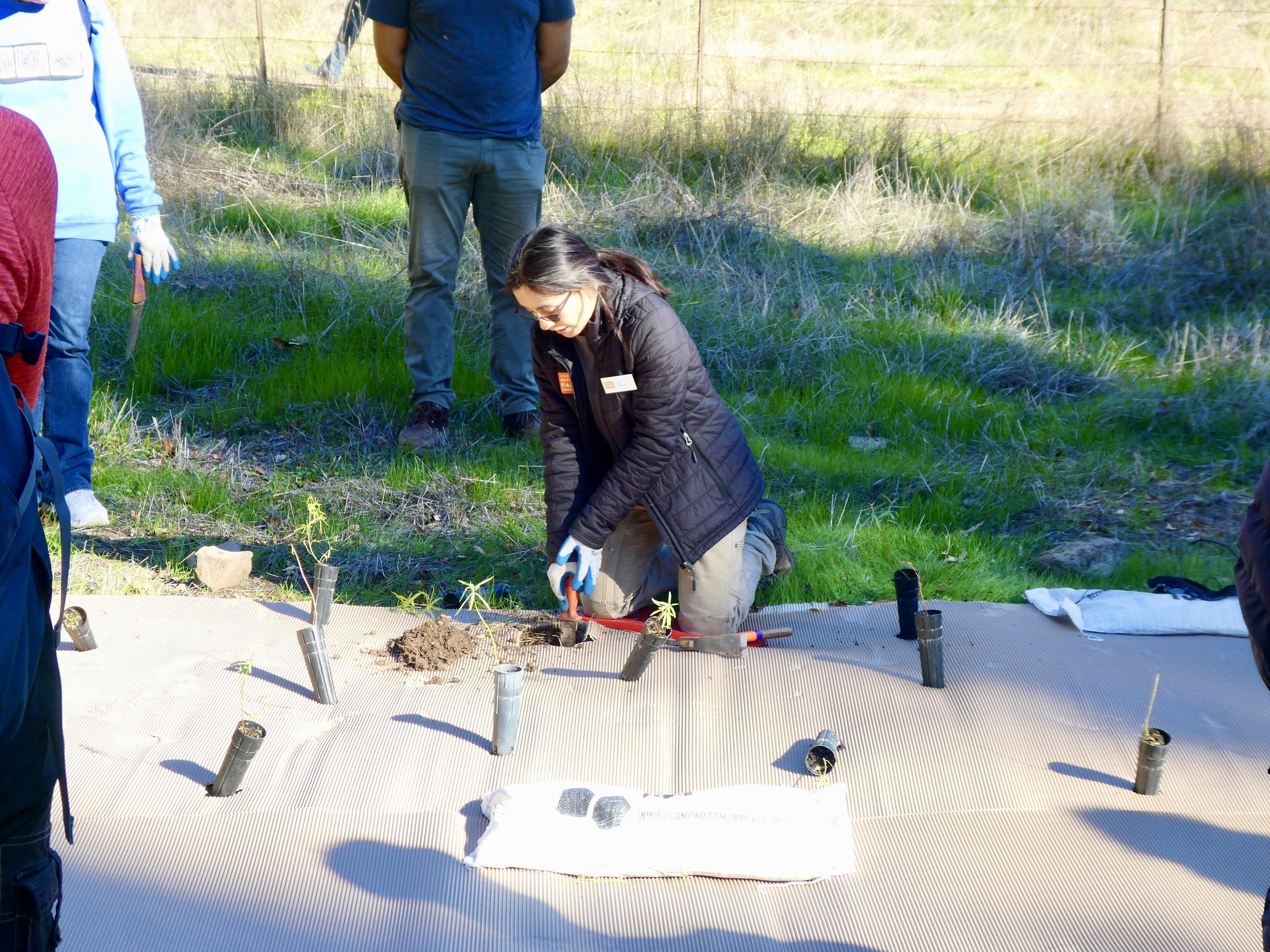Get Involved in Helping the Monarchs!
Become a Community Scientist!
Restoring the monarchs won’t happen unless we have good information about their movements through the migration cycle and about the habitat available to nurture them and provide shelter throughout their journey.
Increasingly, advocates and researchers are relying on community scientists to provide the crucial data needed to identify the best ways to support the monarch. Learn how you can train to monitor monarchs in your area.
Community science draws upon data collected by community members trained to observe and create a record of their observations. Aggregating the observations of community observers allows researchers to collect more data more quickly than would be possible using more conventional methods. It's also a great opportunity for participants to learn more about species that interest them.
Community science draws on a wide variety of tools for observing and recording information. The most frequently used tool for reporting observations of monarchs is the application iNaturalist. On iNaturalist, when observers see an organism of interest, they take a photo which is then stamped with the time and location as well as an automated species identification. All the observations collected by observers are aggregated by the app and can be accessed by analysts.
Community science efforts such as the Western Monarch Count address important questions about the distribution of monarchs and milkweed across the western US. For the Western Monarch Count, the Xerces society has trained hundreds volunteers to seek and count monarch butterflies at their overwintering sites. The data they have collected for over 25 years is used by scientists, land managers, media, and educational institutions for documenting population trends.
In recent years, other projects have included identification of the maximum breeding population size and distribution in mid-summer (International Monarch Monitoring Blitz). The Monarch Larva Monitoring Project tracks monarch eggs, larvae, and milkweed throughout North America.
You can get involved in the Western Monarch Count! Go to the Xerces website to learn how to participate in a count.









